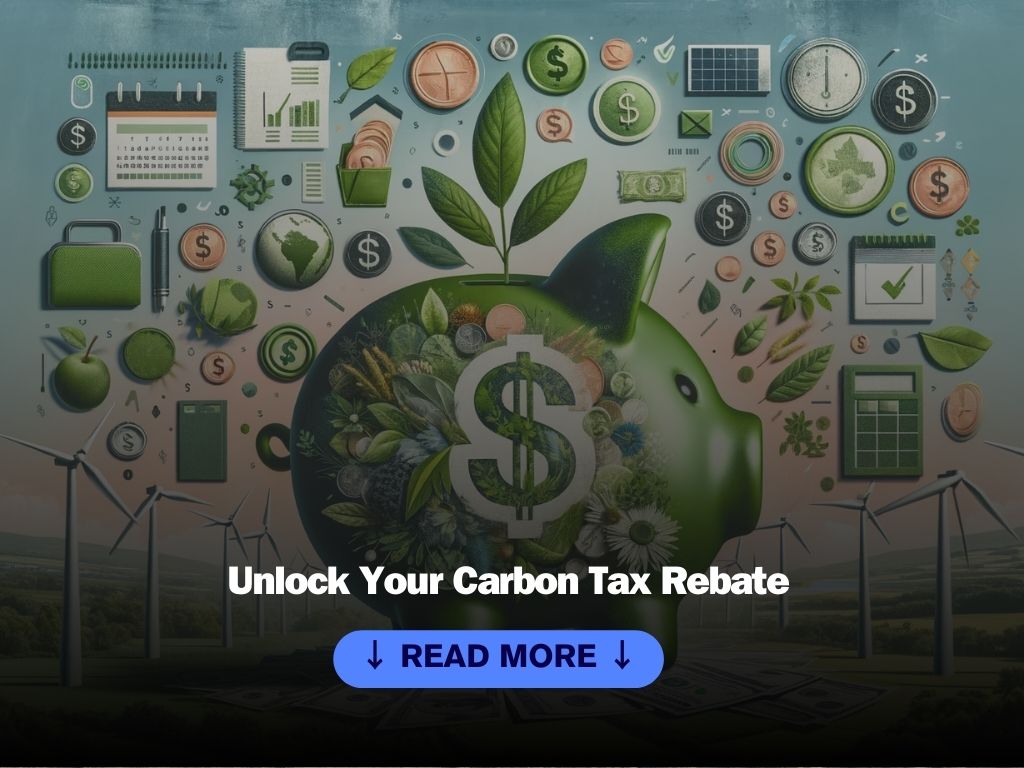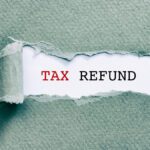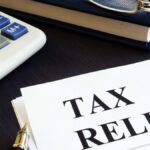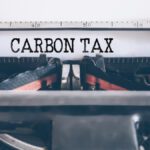Key Takeaway Box:
- The carbon tax rebate is a payment from the federal government to eligible residents of provinces that have a federal fuel charge.
- The carbon tax rebate is paid quarterly, starting from July 2022, and the amount depends on your province, family size, and whether you live in a rural or small community.
- The carbon tax rebate is meant to offset the cost of the carbon tax, which is a price on pollution that aims to reduce greenhouse gas emissions and fight climate change.
- To receive the carbon tax rebate, you need to file your annual tax return and claim the climate action incentive payment.
- The carbon tax rebate is expected to increase over time, as the federal fuel charge rises from $65 per tonne of CO2 in 2023 to $170 per tonne in 2030.

What is the carbon tax rebate?
The carbon tax rebate is a payment from the federal government to eligible residents of provinces that have a federal fuel charge, which is a price on pollution that applies to fossil fuels such as gasoline, diesel, natural gas, and propane. The federal fuel charge is part of the federal government’s plan to reduce greenhouse gas emissions and fight climate change, by making polluters pay and encouraging cleaner energy sources.
The federal government does not keep any direct proceeds from the federal fuel charge. Instead, it returns them to the province or territory of origin, mainly through the carbon tax rebate, which is also known as the climate action incentive (CAI) payment. The carbon tax rebate is meant to offset the cost of the carbon tax for households, and to encourage them to reduce their carbon footprint and save money.
The carbon tax rebate is available to eligible residents of Alberta, Manitoba, Ontario, Saskatchewan, New Brunswick, Newfoundland and Labrador, Nova Scotia, and Prince Edward Island. These are the provinces that do not have their own pollution pricing systems that meet the federal benchmark, or that have voluntarily adopted the federal system. The carbon tax rebate is not available to residents of British Columbia, Quebec, Yukon, Northwest Territories, and Nunavut, as these jurisdictions have their own carbon pricing systems that meet or exceed the federal standard.
How much is the carbon tax rebate?
The amount of the carbon tax rebate depends on your province, your family size, and whether you live in a rural or small community. The carbon tax rebate is paid quarterly, starting from July 2022, and is based on the projected federal fuel charge for the following year. For example, the carbon tax rebate for 2023-2024 is based on the federal fuel charge of $65 per tonne of CO2 in 2023, which will increase to $170 per tonne in 2030.
The table below shows the carbon tax rebate amounts for 2023-2024 for each province and family size, as well as the 10% rural supplement for residents of rural and small communities.
| Province | Single adult or first adult in a couple | Second adult in a couple or first child of a single parent | Each child under 18 (starting with the second child for single parents) | Single parent or couple with two children | Rural supplement |
| Alberta | $386 | $193 | $96 | $771 | $77 |
| Manitoba | $264 | $132 | $66 | $528 | $53 |
| Ontario | $244 | $122 | $61 | $488 | $49 |
| Saskatchewan | $340 | $170 | $85 | $680 | $68 |
| New Brunswick | $248 | $124 | $62 | $496 | $50 |
| Newfoundland and Labrador | $300 | $150 | $75 | $600 | $60 |
| Nova Scotia | $284 | $142 | $71 | $568 | $57 |
| Prince Edward Island | $172 | $86 | $43 | $344 | $34 |
Source: Climate Action Incentive payment amounts for 2023-24
As you can see, the carbon tax rebate is expected to increase over time, as the federal fuel charge rises. According to the federal government, 8 out of 10 households will get more money back than they pay in carbon tax, and the average household will receive about $600 more in carbon tax rebate than they pay in federal fuel charge in 2023-2024.
IMPORTANT LINKS:
- What Expenses Can You Deduct from Your Rental Income? (Updated 2024)
- How to Get Your EITC Refund Faster in 2024
- CPP, RRSP, TFSA, FHSA, AMT and OAS Changes: What You Need to Know for 2024
- What Happens to Your CPP and OAS Benefits When Your Spouse Dies?
- How to Get the Grocery Rebate Payments in Canada in January 2024
How do I get the carbon tax rebate?
To receive the carbon tax rebate, you need to file your annual tax return and claim the climate action incentive payment. You can do this online or by mail, using the T1 Income Tax and Benefit Return. You will need to fill out Schedule 14, which is a form that calculates your carbon tax rebate amount based on your province, family size, and rural status. You will also need to report the carbon tax rebate amount on line 45110 of your tax return.
If you are eligible for the 10% rural supplement, you will need to tick the corresponding box on your tax return, with the exception of Prince Edward Island residents. In Prince Edward Island, all individuals receive the rural supplement amount, and are not required to indicate this on their tax return.
You can use the Climate Action Incentive Payment Calculator to estimate how much carbon tax rebate you will receive for 2023-2024.
When will I receive the carbon tax rebate?
The carbon tax rebate is paid quarterly, starting from July 2022. This means that you will receive four equal payments every year, in April, July, October, and January. The payment dates for 2023-2024 are as follows:
- April 5, 2023
- July 5, 2023
- October 5, 2023
- January 5, 2024
The carbon tax rebate is usually deposited directly into your bank account, if you have signed up for direct deposit with the Canada Revenue Agency (CRA). If you have not signed up for direct deposit, you will receive a cheque by mail. You can sign up for direct deposit online through My Account, by phone at 1-800-959-8281, or by filling out Form T1-DD(1).
You can check the status of your carbon tax rebate payment online through My Account, by using the MyBenefits CRA mobile web application, or by calling the CRA’s automated Tax Information Phone Service (TIPS) at 1-800-267-6999.
How do I know if I am eligible for the carbon tax rebate?
You are eligible for the carbon tax rebate if you meet all of the following criteria:
- You are a resident of Alberta, Manitoba, Ontario, Saskatchewan, New Brunswick, Newfoundland and Labrador, Nova Scotia, or Prince Edward Island on December 31 of the previous year.
- You are 19 years of age or older, or you have a spouse or common-law partner, or you are a parent who lives with your child.
- You file a tax return for the year.
You are not eligible for the carbon tax rebate if any of the following apply:
- You are a non-resident of Canada for income tax purposes.
- You are exempt from paying income tax in Canada because you are an officer or servant of another country, such as a diplomat, or a family member or employee of such a person.
- You are confined to a prison or similar institution for a period of 90 days or more during the year.
- You do not file a tax return for the year.
What if my situation changes?
If your situation changes during the year, such as your marital status, the number of children in your care, your address, or your province of residence, you may need to contact the CRA to update your information and adjust your carbon tax rebate amount. For example, if you get married, divorced, separated, or widowed, you will need to inform the CRA of your new marital status and the date of the change. If you have a new child, adopt a child, or have a child who is no longer in your care, you will need to inform the CRA of the change and the date of the change. If you move to a new address, or to a different province, you will need to inform the CRA of your new address and the date of the move.
You can update your information online through My Account, by phone at 1-800-959-8281, or by mail. You can also use the Change my address service to notify multiple government departments and agencies of your new address at once.
If you receive a carbon tax rebate amount that is more or less than what you are entitled to, based on your situation, you may have to repay some or all of the excess amount, or you may receive an additional amount. The CRA will send you a notice of reassessment to inform you of any changes to your carbon tax rebate amount and explain the reason for the change.









